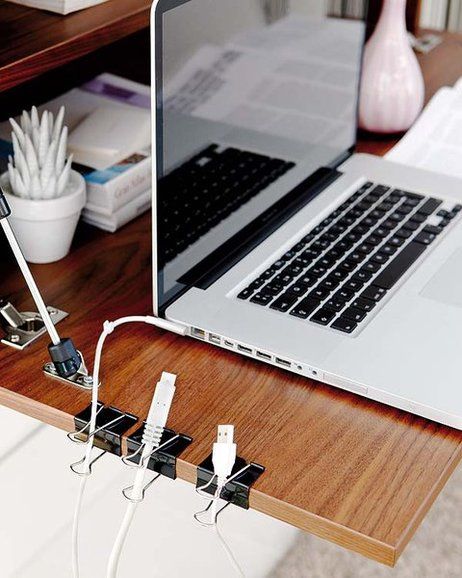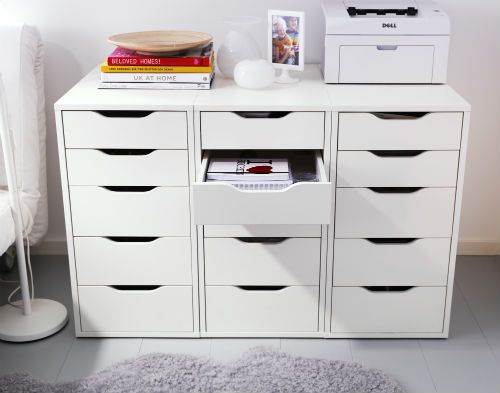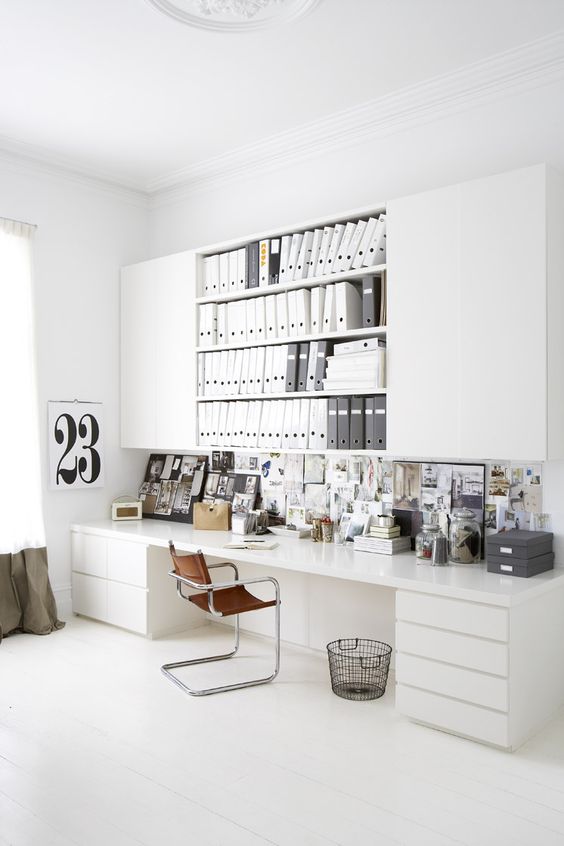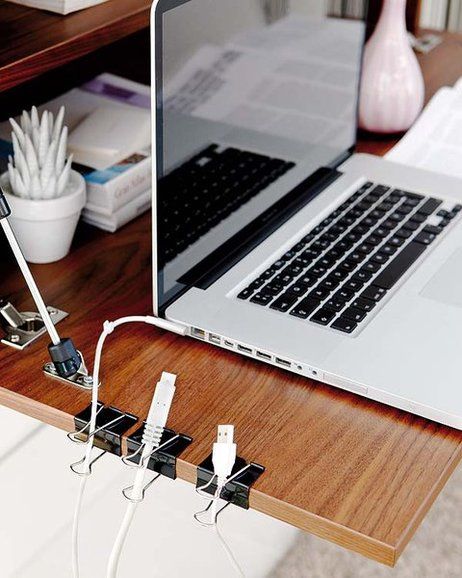I am often reminded of getting back to basics to build revenues and profits in business. But none more so than when I am confronted with a business owner who shows me they need more new customers. If you really want to grow your business and you really want to do it fast, then take a look at grasping these few simple ideas.
You are already getting people contacting you, coming in, emailing you and so on. Your people are already messing up and not selling to anywhere near enough of these potential customers. Want to know just how bad it is, ask one of your friends to call your business and try to buy, just wait and see how they go.
Almost every business owner I meet believes that they are selling to the majority of prospects they come into contact with. Well, put bluntly, you are not. How do I know? After doing this exercise with hundreds of business owners, I have only twice been proven wrong.
For the next two weeks keep a record of every phone call, every email enquiry, every walk in every single prospective buyer that contacts your business. Ask every single one of them how they found out about your business and keep a record of it. Was it referral, direct search etc.? Then, at the end of the two weeks see how many of them have bought from you. If you think you are at about 6 or 7 out of 10, it will be about 3 or 4 out of 10. I have seen this with so many companies, even restaurants who think they get everybody, then measure the people that call versus the people that book, and the people that read the menu out front versus those who actually come in.
Your Conversion Rate is a massive opportunity. If it is lower than say 50%, then we’ve got to get to work!
First, you’ve got to start measuring it every day. That focus alone will get it up to 10% higher than it is right now.
Add to that, here’s another 11 ways to boost your conversion rate right now, this week:
- Get your salesperson with the best conversion rate to train everybody else for a day or two.
- Script your sales process. Use a lot of questions in the script (it’s NOT a sales pitch) and learn from what the best sales people are doing.
- Break your sales process down into each and every critical step and work on one step at a time.
- Measure your conversion from one step to the next and work on improving each step by just 10% more than it was.
- Work on the letters, brochures and other written or audio and video material you use during each step of the sales process.
- Use my magic question for phone selling, “Thanks for your call, just so I can help you best would it be OK if I asked you a couple of questions?
- Run a competition among your sales people for a week or two around the one area you need to see the most improvement in, then learn from the new ways they start doing things.
- Learn the critical buying step in your sale, for example in female fashion stores, it’s trying the clothes on, with it you have more than a 50% chance at making a sale, without it, less than 10%.
- Follow up and follow through, too many sales are lost by salespeople who can’t be bothered to follow up again and again and again at least 7 times.
- Make an offer that is either limited or a bonus offer or something to get customers to act now and to give sales people some ammunition
- Just plain ask people to buy, usually in sales training the one biggest reason sales people are not getting the sale is that they don’t ask for it.
Stay focused on your conversion rate for 3 months and watch the dramatic effect it has on your bottom line.
Once you’ve got it right, or at least much better than it is today, then and only then is it time to go to work getting more potential customers and investing more money into your marketing and fixing the marketing you are doing now.
Leave a comment on More Leads = More Customers? Think Again.Categories Business Tips, Sales, Small businesses



























